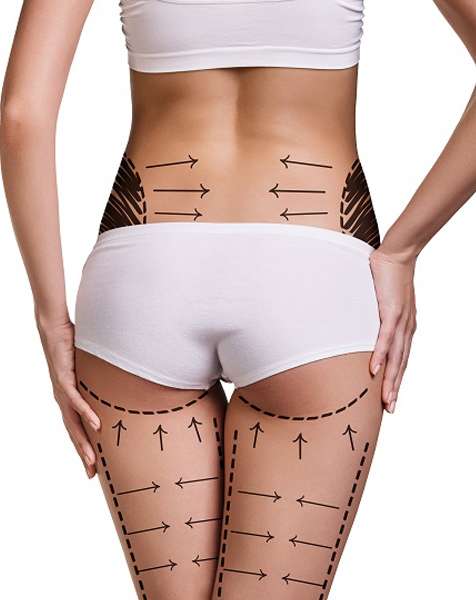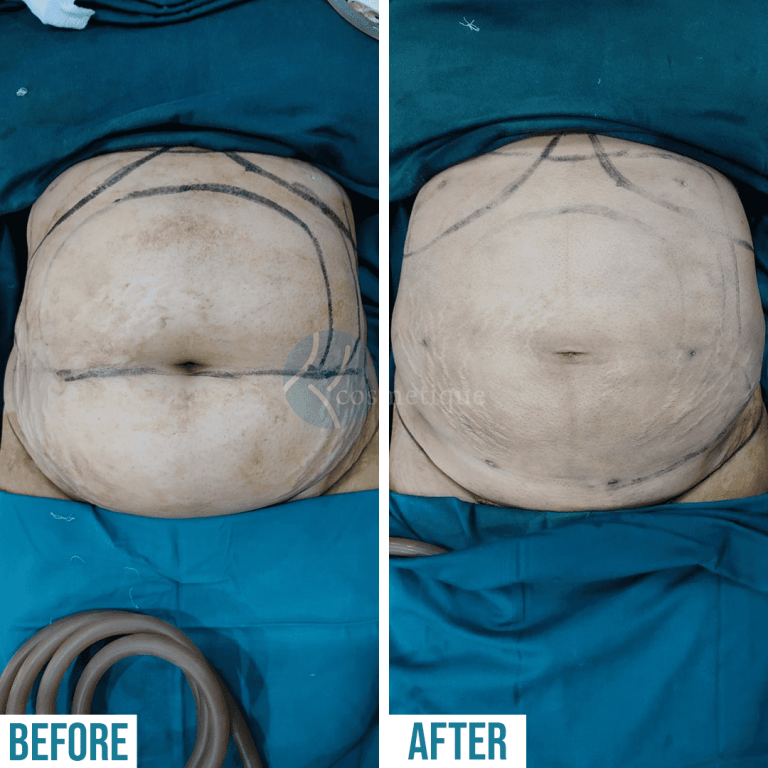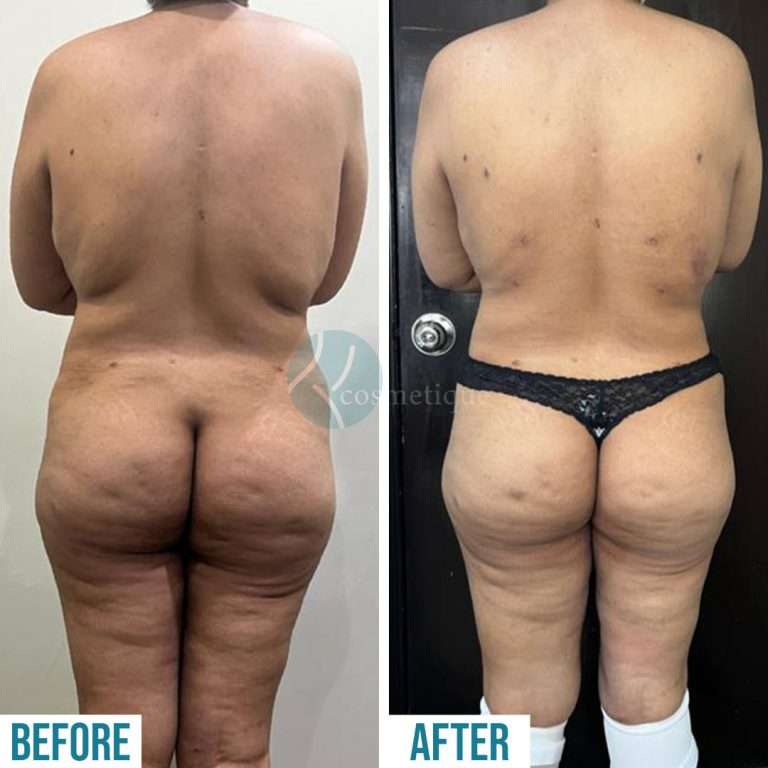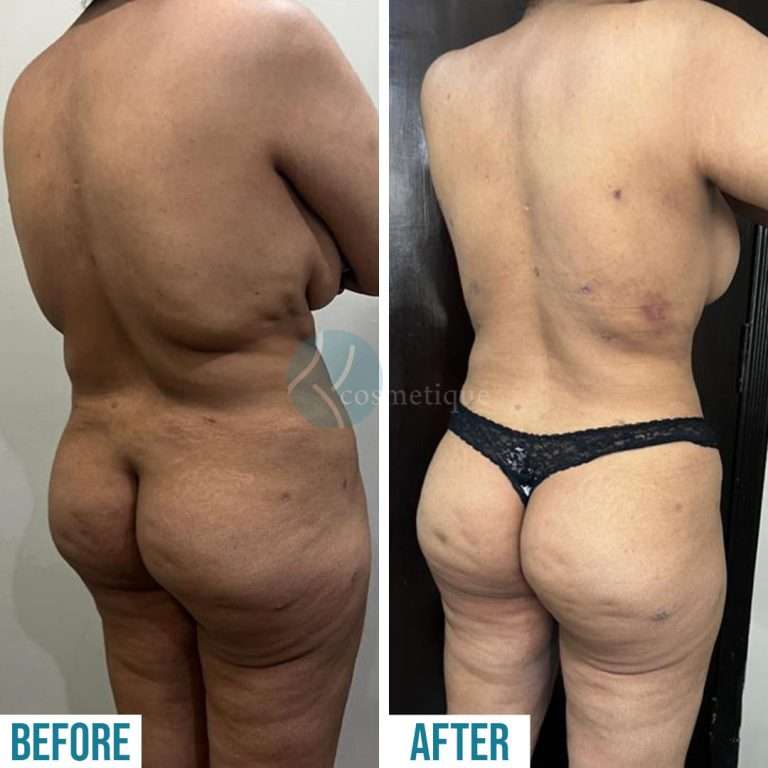Liposuction | Surgery | Liposuction Cost | Side Effects
- Thighs
- Hips and Buttocks
- Abdomen and Waist
- Upper Arms
- Back
- Inner Knee
- Chest Area
- Cheeks, Chin and Neck

1.Liposuction In Pakistan
In Pakistan, in the past decade awareness about cosmetic surgery has increased dramatically. Globalization, improved affluence, access to information via internet and television, and a high degree of awareness about health and beauty have all led to an increasing demand for aesthetic procedures. An increasing number of dermatologists are now performing aesthetic procedures.
2.Is Liposuction A Solution For Obesity ?
Liposuction is not a treatment for obesity or a substitute for proper diet and exercise.
It is also not an effective treatment for cellulite – the dimpled skin that typically appears on the thighs, hips, and buttocks – or loose saggy skin.
3. What Is Meant By Resistant Fat ?
Diet and exercise have been shown to decrease the size of fat cells, but not the number of fat cells in a particular area, which is referred to as “resistant fat”.
4. How To Get Rid Of Resistant Fat ?
Liposuction is a method of choice for reduction of the fat cell number and thereby, the resistant fat. Liposuction removes the resistant fat by two mechanisms:
- Removal of fat cells during suction.
- Damaging the fat cells by the to-and-fro motion of the cannula during the surgical procedure. These remaining damaged fat cells get absorbed slowly over the period of time, generally in 6–12 weeks and hence, the final result after liposuction is more pronounced after 6–12 weeks, a fact which needs to be emphasised during counselling.
5. How Much Fat Can Be Eliminated In One Procedure ?
Several factors limit the amount of fat that can be removed safely in one session without adverse effects. Ultimately, the operating physician and the patient make the decision. There are negative aspects to removing too much fat. Unusual “lumpiness” and/or “dents” in the skin can result in those patients “over-suctioned”. The more fat removed, the higher the surgical risk.
Tumescent Liposuction



In 1985, Dr. Jeffrey A. Klein, a dermatologist in California, revolutionised liposuction surgery with the introduction of “Tumescent Technique”, which makes liposuction possible totally by local anaesthesia and with minimal surgical blood loss. Further modifications such as power liposuction and ultrasonic liposuction have been introduced with variable results. Despite these advances, the tumescent technique remains the worldwide standard of care for liposuction.
The word “tumescent” means swollen and firm.
In “Tumescent Liposuction” a large volume of very dilute lidocaine (local anesthetic) and epinephrine (capillary constrictor) is injected into subcutaneous fat, and the targeted tissue becomes swollen and firm, or tumescent.
Vasoconstriction prevents the blood loss
Tumescent infiltration of a large volume of dilute epinephrine into subcutaneous fat causes profound vasoconstriction (shrinkage of capillary blood vessels). Tumescent vasoconstriction is so complete that liposuction can be done with virtually no blood loss. In contrast, the older forms of liposuction used before the invention of the tumescent technique were associated with so much surgical blood loss that autologous blood transfusions were often routine.
Advantages Of Tumescent Liposuction
- Tumescent liposuction is less painful and more pleasant than liposuction under general anesthesia or IV sedation.
- With tumescent local anesthesia, patients are able to avoid the post-operative nausea and vomiting associated with general anesthesia.
- Tumescent anesthesia is so efficient at providing fluid to the body that it is unnecessary to use IV fluids.
